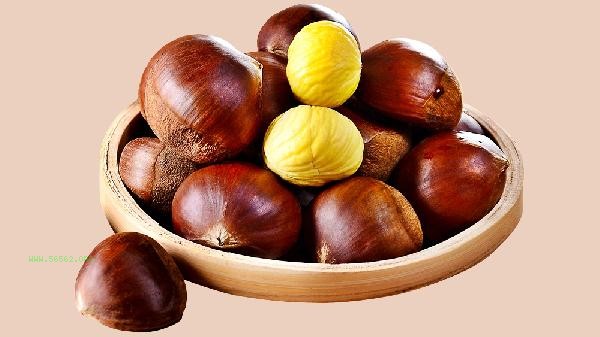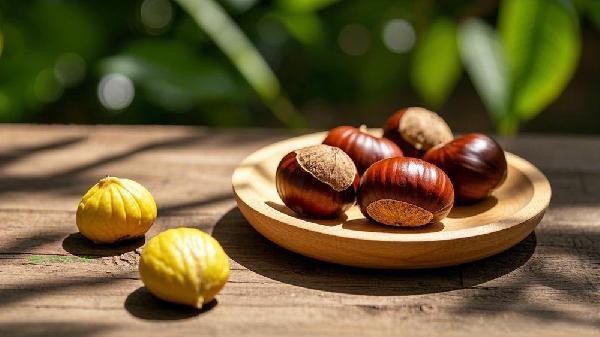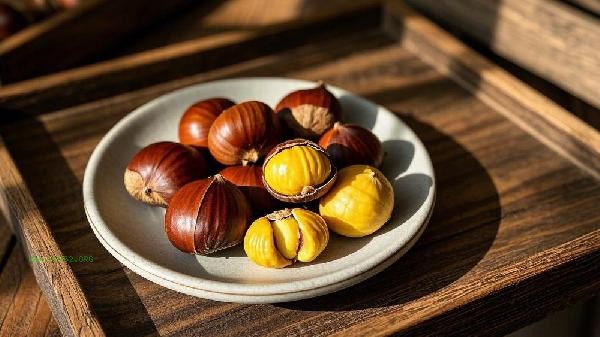Raw chestnuts can be peeled and shelled using methods such as hot water soaking, incision baking, freezing, microwave heating, and knife cutting. The outer shell of chestnut is hard, and the inner film is tightly adhered. It is necessary to choose the appropriate method according to the state of chestnut.

1. Hot water soaking method
Soak fresh chestnuts in boiling water for 5 minutes, then remove them and wrap them with a towel while they are still hot. The high temperature makes the outer shell soft, and the inner film shrinks due to heat. At this time, two layers of skin can be easily peeled off with nails or a knife. Pay attention to controlling the water temperature to avoid burns, as soaking for too long can lead to overcooking of chestnuts.
2. Cut baking method
Use a knife to make a cross cut on the curved surface of the chestnut, and place it in a 200 ℃ oven to bake for 10 minutes. The high temperature caused the outer shell at the incision site to burst, and the inner film curled due to dehydration. Wear insulated gloves and peel it off while it is still hot. This method can preserve the complete shape of chestnuts and is suitable for cooking needs that require maintaining their appearance.
3. Freezing method
After freezing raw chestnuts for 3 hours, they are taken out and left at room temperature for 10 minutes. Low temperature causes a shrinkage difference between the shell and the flesh. Lightly tapping the crack with a hammer will cause the inner and outer skin to peel off in patches. This method is suitable for large-scale processing, but insufficient freezing time can affect the peeling effect.

4. Microwave heating method
After sprinkling water on the surface of chestnuts, microwave on high heat for 30 seconds, and steam to separate the film from the flesh. When microwave heating, it is necessary to use a toothpick to puncture the outer shell for exhaust to prevent excessive internal pressure from bursting. This method has the highest efficiency, but strict time control is required to prevent the fruit pulp from drying out.
5. Knife cutting method
Use a professional chestnut knife or fruit knife to remove the outer shell, and then scrape off the residual film. The blade rotates at a 30 degree angle with the chestnut to reduce pulp loss. This method requires certain skills and is suitable for making Roasted chestnuts in sugar-coated heated sand with high requirements for integrity. Chestnuts processed with SEP should be cooked or frozen as soon as possible to avoid oxidation and discoloration. The thickness of chestnut film varies greatly among different varieties, and hard varieties can extend the soaking time in hot water. Raw chestnuts contain tannins. It is recommended to wear gloves when peeling to prevent hand staining. Shelled chestnuts can be used to make Roasted chestnuts in sugar-coated heated sand with sugar, braised chicken with chestnuts and other dishes. They are nutritious but need to control the consumption. Those with weak gastrointestinal function should be fully heated before eating.









Comments (0)
Leave a Comment
No comments yet
Be the first to share your thoughts!